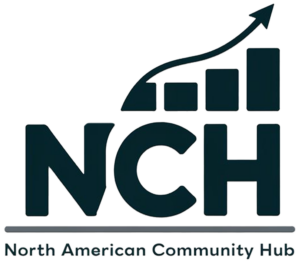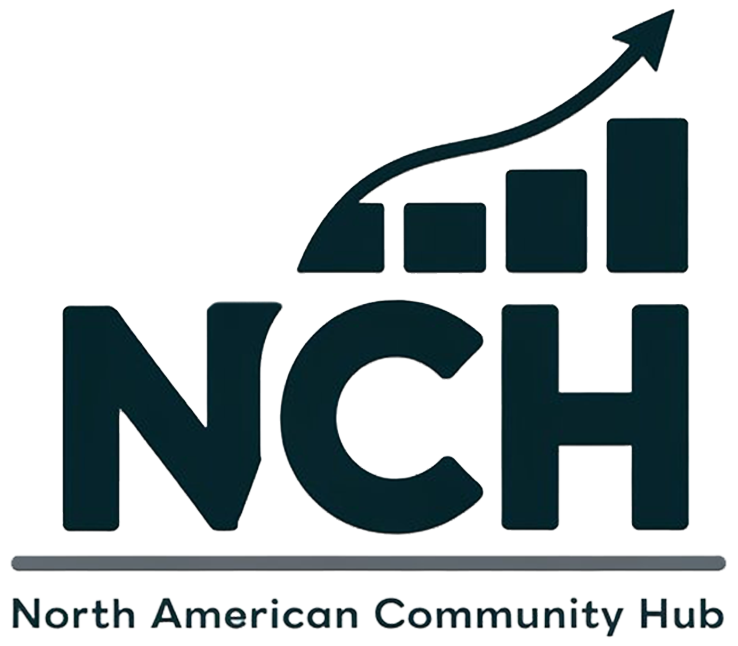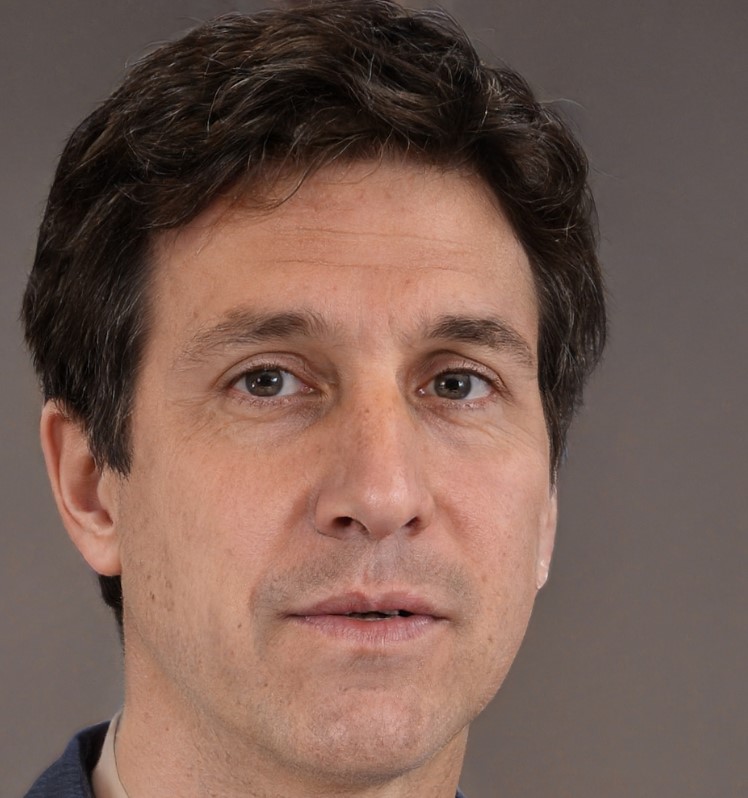We are now continuing our series about US states that start with a certain letter. The previous piece was about the US states that start with O.
Now, we will present the US states that start with P. Actually, there is only one, Pennsylvania. But the interesting fact is that you may hear some people saying there are 2 of them, thinking about Puerto Rico. However, this island is only a territory of the United States, while it has never had the status of an official state.
Let’s find out more about Pennsylvania and Puerto Rico, their history, geography, and some surprising facts.
Pennsylvania
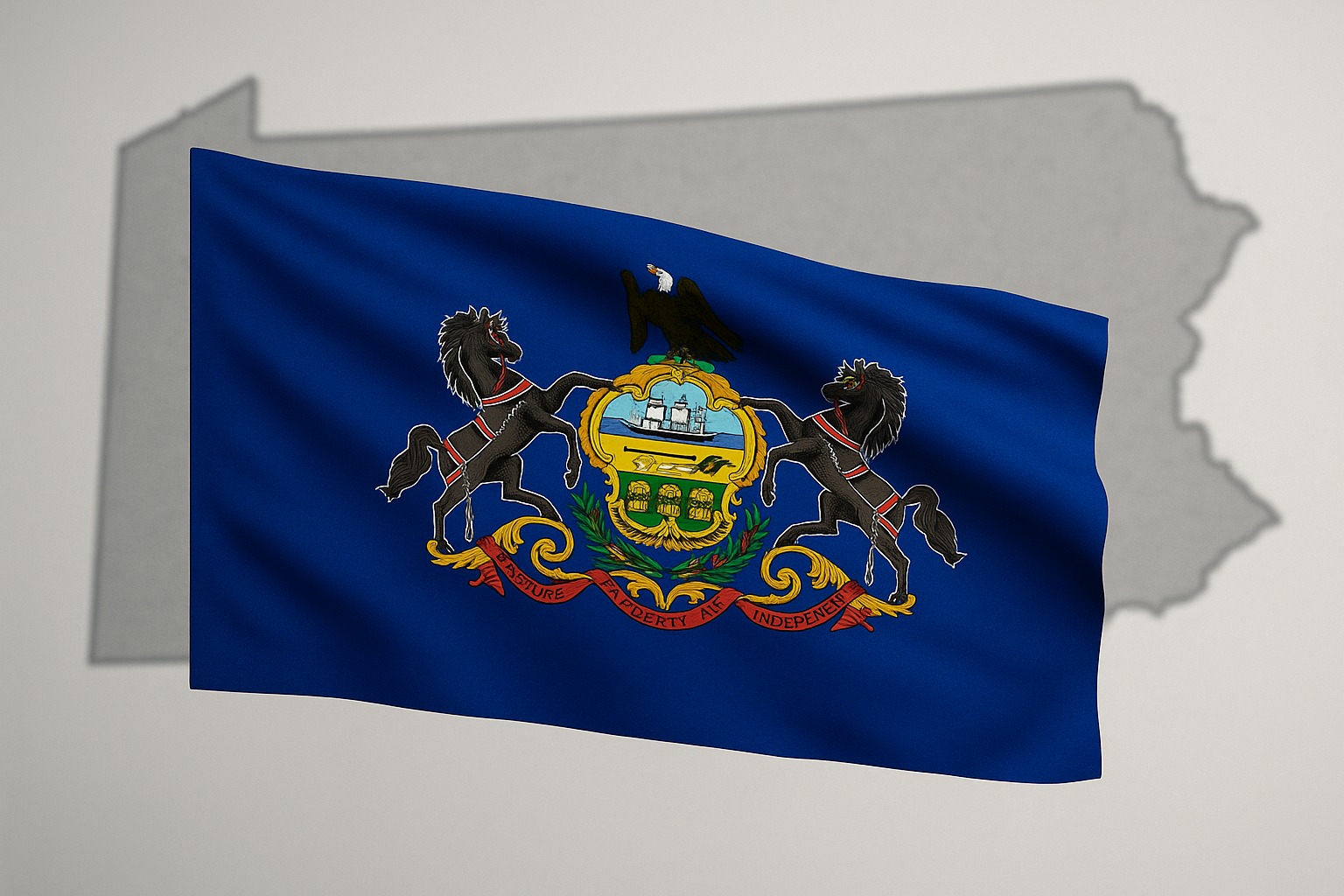
Pennsylvania stands as one of the earliest foundations of the United States, where independence took its first breath and innovation found a permanent home.
The state connects the early struggle for freedom with industrial growth that powered an entire nation.
Every valley, steel mill, and old street in Pennsylvania carries a story that shaped American identity.
The landscape bridges history and progress, filled with symbols that reveal how deep its influence runs in the national memory.
History
Pennsylvania entered the Union in 1787 as the second state to ratify the U.S. Constitution.
Its story begins long before statehood, with lands once inhabited by the Lenape, Susquehannock, and other Native tribes. In 1681, King Charles II granted William Penn a vast territory, which Penn named “Sylvania,” meaning “woods.”
The colony grew around ideals of religious freedom, peace, and fair governance.
Philadelphia became the heart of revolutionary debate. The First and Second Continental Congresses met there, and in 1776, the Declaration of Independence was signed in Independence Hall.
View this post on Instagram
The state played a decisive role during the American Revolution, serving as both a refuge and a battleground.
Key Milestones Define Its Early History
- 1681: William Penn founded the Pennsylvania Colony under a royal charter.
- 1776: The Declaration of Independence was signed in Philadelphia.
- 1787: Pennsylvania ratified the U.S. Constitution.
- 1863: The Battle of Gettysburg became a turning point in the Civil War.
- 1900s: Steel, coal, and manufacturing reshaped the economy, especially in Pittsburgh.
The spirit of resilience built in those centuries still echoes through its cities, farmlands, and mountain towns.
Geography
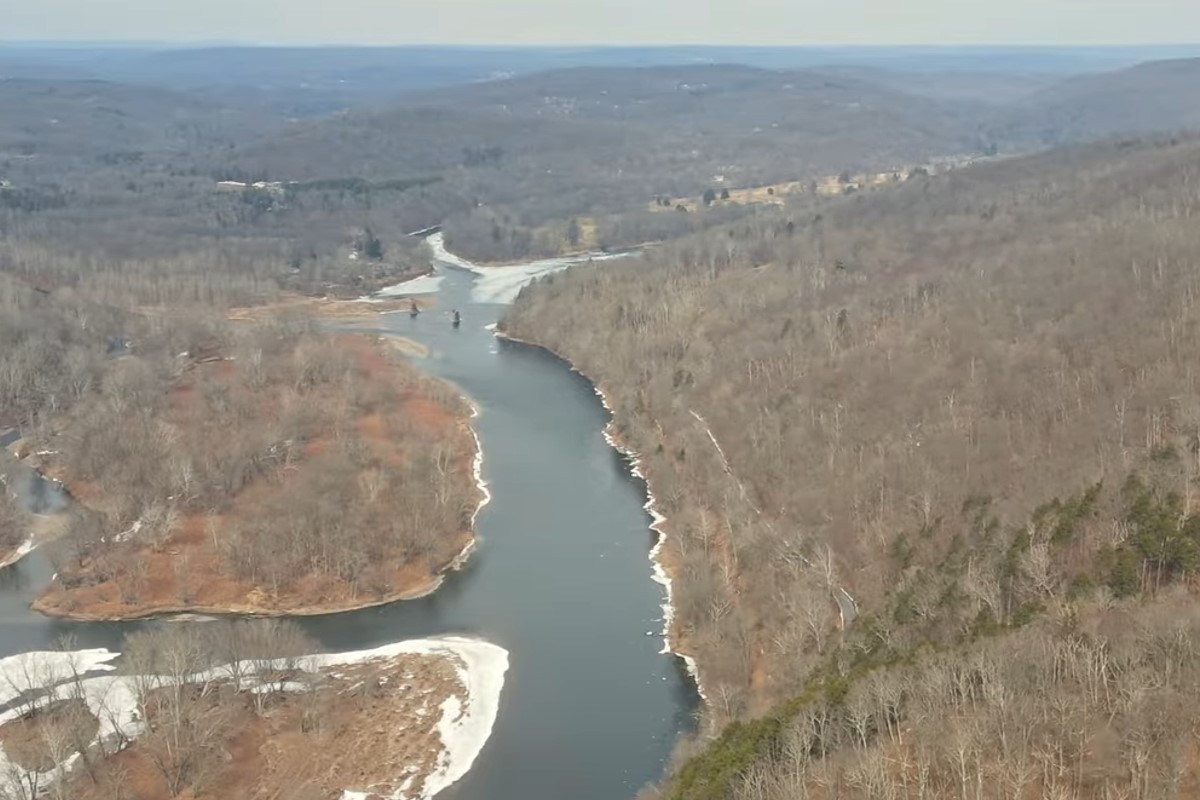
The Appalachian Mountains cut through the center, dividing the state into distinct regions. The eastern border meets the Delaware River, while the western edge reaches the Ohio River Basin. The state belongs to the East Coast even though it does not have access to the ocean.
Two major cities, Philadelphia in the east and Pittsburgh in the west, stand as cultural and economic pillars.
In between, rolling farmlands, forests, and historic towns create a balance between progress and preservation.
The Allegheny Plateau dominates the north and west, while the fertile Lancaster and Lehigh Valleys support generations of agriculture.
The state borders six others: New York, New Jersey, Delaware, Maryland, West Virginia, and Ohio.
Lake Erie touches the northwest corner, providing access to the Great Lakes and trade routes that helped shape industrial expansion.
@billyexplorespa Who knew there were beaches in PA? 🌊 Pt 2 coming soon! #pennsylvania #pennsylvaniacheck #erie #eriapa #presqueisle #presqueislestatepark #beach #pastateparks #travel #summer2024 #visitpa #visiterie ♬ Coastline – Hollow Coves
The variety of landforms also defines Pennsylvania’s weather patterns. Summers stay warm and humid in the southeast, while winters bring snow to mountain towns like Scranton and Altoona.
Rivers such as the Susquehanna and Schuylkill carved much of their terrain, creating vital corridors for settlement and transport.
Surprising Facts
- The state is home to the first zoo, hospital, and university in the United States, all founded in Philadelphia.
- Hershey, known as the “Sweetest Place on Earth,” began as a model town built around chocolate production.
- The Liberty Bell, one of the most famous American symbols, still stands in Philadelphia.
- Punxsutawney Phil, the groundhog weather predictor, became a national figure each February.
- Pennsylvania produces vast amounts of natural gas and coal, fueling industries since the 1800s.
- The Amish community in Lancaster County maintains traditions that trace back to the 18th century.
Puerto Rico
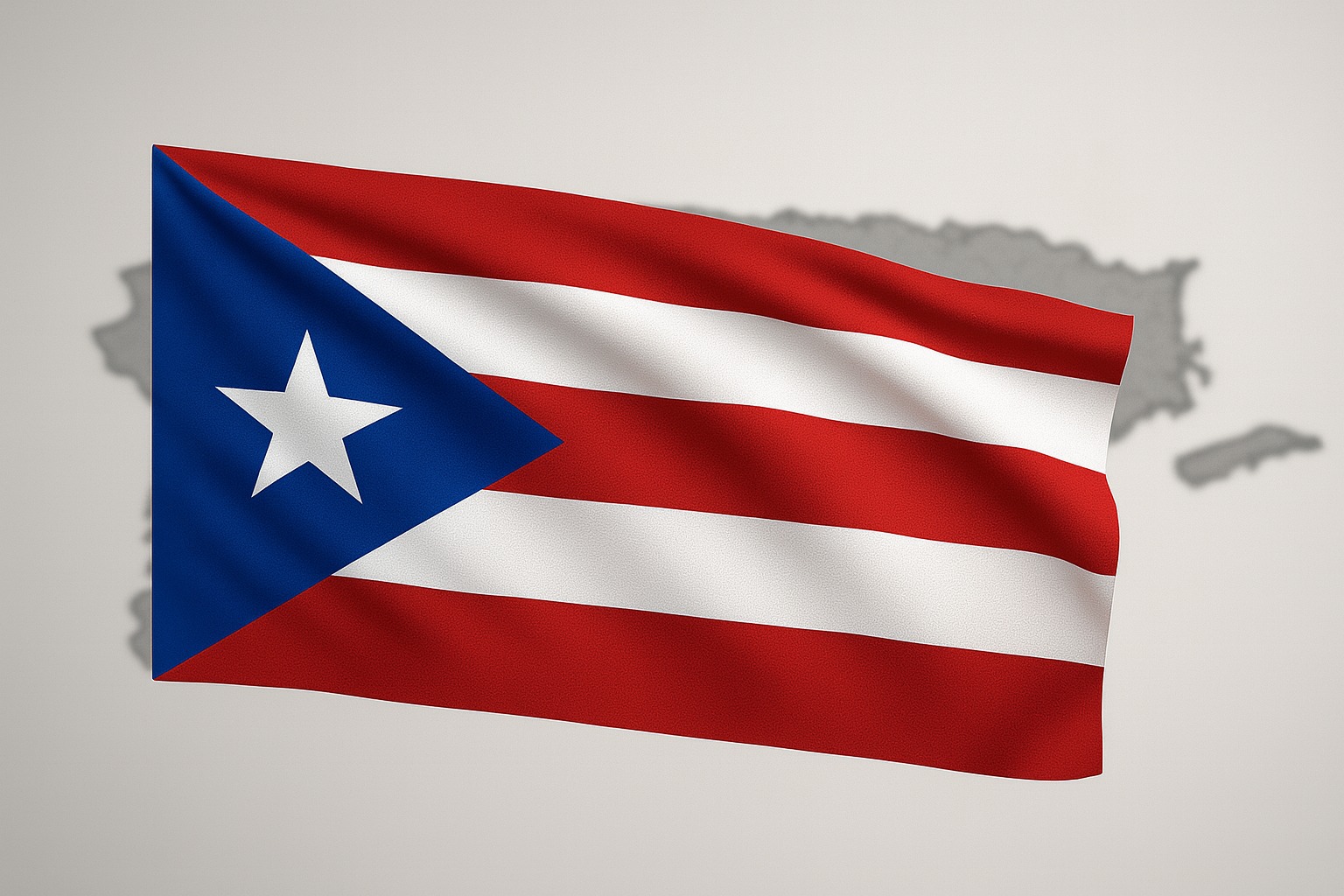
The people of Puerto Rico are American citizens, but the island does not hold the same political rights as the fifty states.
It remains a U.S. territory, tied to the Union through law and history rather than full representation.
History
@thisispuertorico Most people don’t know Puerto Ricans were made U.S. citizens without a vote, so they could be drafted. Did your family ever talk about this? Puerto Rico Boricua Taino Caribbean Colonialism History Resilience Culture Identity Revolution #PuertoRico #Boricua #Taino #CaribbeanHistory #PRstrong #PuertoRicanHistory #JonesAct #USCitizenship #ForcedHistory #UntoldStories ♬ original sound – This Is Puerto Rico
Puerto Rico became part of the United States in 1898 after the Spanish-American War.
Spain surrendered the island under the Treaty of Paris, ending four centuries of Spanish control. The U.S. took over administration, seeing Puerto Rico as a key point in the Caribbean for trade and defense.
In 1900, the Foraker Act created a civil government under U.S. oversight, but full self-rule remained limited.
In 1917, the Jones-Shafroth Act granted U.S. citizenship to Puerto Ricans, allowing them to serve in the military and move freely across the mainland.
The mid-20th century brought further change with the creation of the Commonwealth of Puerto Rico in 1952, giving the island its own constitution and local government under U.S. sovereignty.
Geography
View this post on Instagram
Puerto Rico stretches about 100 miles long and 35 miles wide, filled with tropical forests, mountains, and coastal plains.
Through the center runs the Cordillera Central, a spine of rugged peaks that sets the tone for its weather and farming patterns.
San Juan stands on the northern coast, built around the harbor that became the island’s economic and cultural core.
Thick forests like El Yunque rise over rivers and valleys, giving the island rich soil and fresh water. Coral reefs and wide beaches ring the shores.
Rivers such as La Plata and Río Grande de Loíza cut across farmlands that once grew coffee, sugar, and tobacco.
Heat and humidity last through most months, and when hurricanes strike, the land bends but does not break.
Why Puerto Rico Is Not an Official State
Puerto Rico holds the legal status of an unincorporated territory. That means it belongs to the United States but is not fully part of it.
Congress governs the island under the Territorial Clause of the U.S. Constitution, which gives lawmakers power over U.S. territories.
Residents elect their own governor and legislature but do not have voting representation in Congress. They cannot vote in presidential elections unless they live on the mainland.
The island uses U.S. currency, follows federal law, and its people serve in the U.S. military, yet decisions on federal taxes, benefits, and aid depend on Congress.
Several referendums have asked citizens to choose between statehood, independence, or maintaining the current status.
Most voters favor statehood, but Congress has not approved the change. The debate continues to shape their political future, caught between autonomy and full union.
Surprising Facts
- Puerto Ricans are U.S. citizens but cannot vote for the president while living on the island.
- The U.S. military has used parts of the island, such as Vieques, for training and defense operations.
- San Juan is one of the oldest European-founded cities in the Americas, established in 1521.
- The island’s official languages are Spanish and English, but Spanish remains dominant.
- Puerto Rico has its own Olympic team and competes independently from the United States.
- The El Yunque National Forest is the only tropical rainforest in the U.S. National Forest System.
The Bottom Line
Pennsylvania stands as the only U.S. state that begins with the letter P, while Puerto Rico remains a proud U.S. territory with its own voice, traditions, and struggles.
Both places show how the United States can hold very different identities built under one system of law and power.
Since there are no US states that start with Q, the next in our series is Rhode Island, as the only state in the United States that starts with R.
